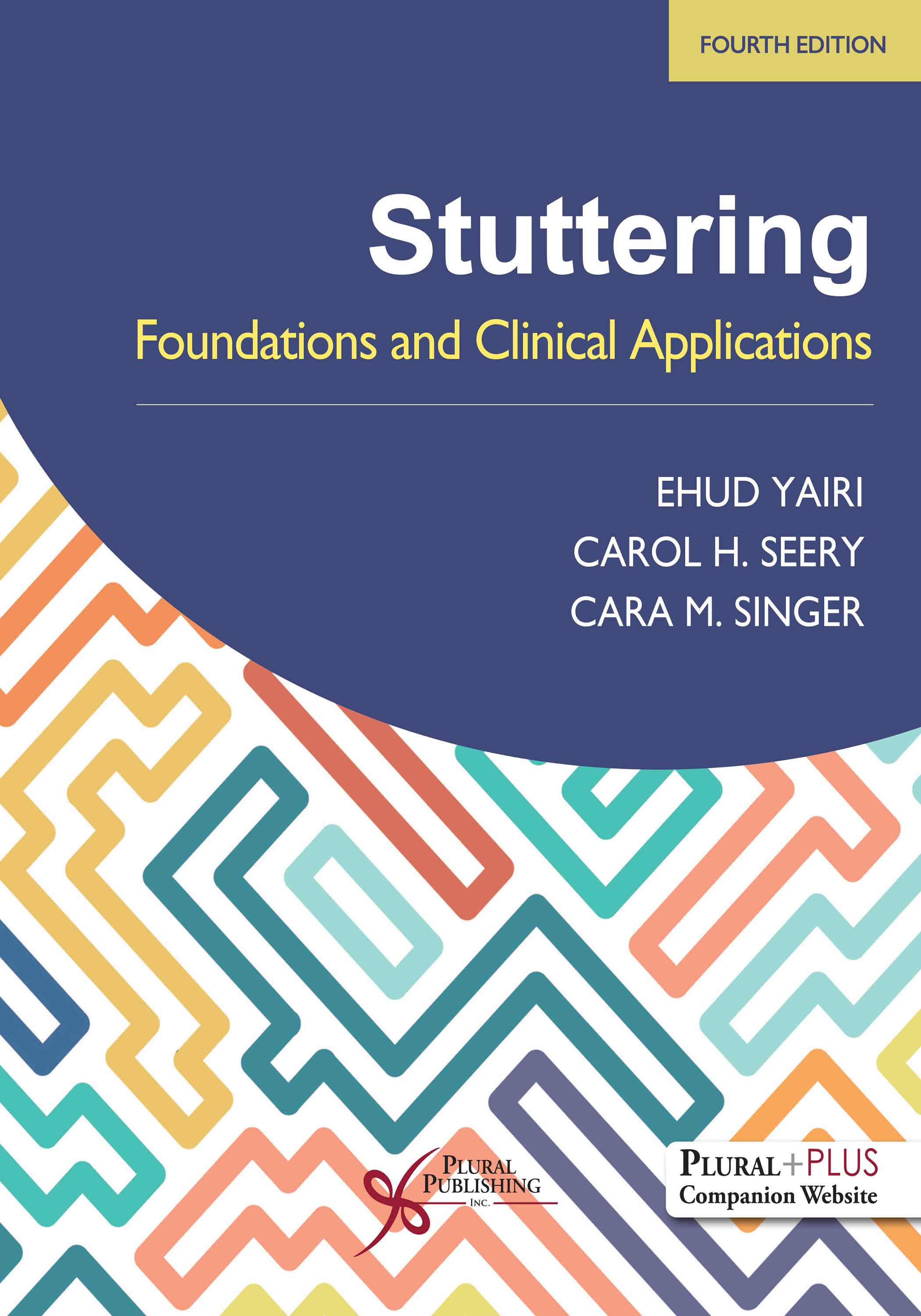
Stuttering: Foundations and Clinical Applications
Fourth Edition
Ehud Yairi, Carol H. Seery, Cara M. Singer
Details: 441 pages, B&W, Softcover, 8.5" x 11"
ISBN13: 978-1-63550-774-4
© 2027 | Available
For Instructors
Purchase
Stuttering: Foundations and Clinical Applications, Fourth Edition presents a comprehensive overview of the science and treatment of stuttering intended for both undergraduate and graduate level courses. It is the only text that incorporates general information on the nature of stuttering (e.g., incidence and development), a review of its theoretical and research perspectives, and a substantial clinical “how-to” guide for evaluating and managing the disorder at different ages. It guides students to critically appraise different viewpoints about the nature of stuttering, understand the disorder’s complexities, and learn about the major clinical approaches and therapies appropriate for different age groups.
This evidence-based textbook is divided into three distinct sections. Part I, Nature of Stuttering, offers descriptive information about stuttering, including its demographics and developmental pathways. Part II explores the various explanations of stuttering, giving students an understanding of why people stutter. Part III focuses on clinical management, delving into the assessment of both adults and children, as well as various age-appropriate intervention approaches. In the final chapter, the authors explore other fluency disorders, as well as cultural and bilingual issues.
New to the Fourth Edition
- A new third author, Cara M. Singer, PhD, CCC-SLP, brings a fresh perspective
- Reduced text where possible, enhancing reading and freeing space for new information
- Chapter reorganization in some sections
- An additional assessment-related chapter
- Integration of updated research
- Updated and expanded clinical approaches
- 100+ new, recent references
Key Features
- Each chapter begins with a list of learner objectives to frame the chapter before new material is presented
- Boxes throughout the text and bolded words are used to highlight important points
- End-of-chapter summaries and study questions allow readers to review and test their understanding
- Infused with suggested further readings and websites
- Included visuals, tables, diagrams, photos, and drawings help clarify and expand on key concepts
- Numerous case studies and testimonies from parents in the text
PluralPlus Online Ancillaries
For Instructors
- 300+ PowerPoint Slides
- 450+ Item Test Bank
- Assignments
- Links to Related Resources
For Students
- Videos
- Case Studies
- Exercises in Measuring Stuttering
- Links to Related Resources
Contents
Preface
About the Authors
Acknowledgments
Part I. Nature of Stuttering
Chapter 1. What Is Stuttering?
Defining Stuttering: Bases and Aims
Why Is the Definition Important? Practical Implications
Population Identification
Quantification and Measurement
Clinical Decisions
What to Define: Surface Speech Events or Complex Disorder?
Stuttering as Atypical Speech
Dimensions of Speech Production
Typical Disfluency or Instances of Stuttering?
Speech-Oriented “Definitions”
Perspectives on Stuttering as Speech Events
Fluent Speech of People Who Stutter
Stuttering as a Complex Disorder
Multidimensional Characteristics of the Stuttering Disorder
Disorder-Oriented “Definitions”
Perspectives of Stuttering as Complex Disorder
Other Views
Our Point of View
Summary
Study Questions and Discussion Topics
Websites
Suggested Readings
Chapter 2. Who and How Many Stutter?
Incidence and Prevalence
Interpretation of Incidence and Prevalence Data
The Significance of Incidence and Prevalence
Implications for Research and Theory
Implications for Professional Training
Implications for Clinical Service Delivery
Implications for Public Awareness and Funding
Research Methodology for Incidence and Prevalence
Approaches to Prevalence Research
Approaches to Incidence Research
Defining Stuttering
Selecting Informants
Prevalence: Findings
Early Investigations
Later Research
Incidence: Findings
Biological Factors in Stuttering Incidence and Prevalence
Familiality
Age
Gender
Geography, Race, and Culture
Geography
Race
Culture
Bilingualism
Prevalence in Clinical Subpopulations
Hearing Impairment
Cleft Palate
Cognitive Impairment
Other Groups
Summary
Study Questions and Discussion Topics
Video Samples
Websites
Suggested Readings
Chapter 3. When and How Does Stuttering Begin? How Does It Develop?
Theoretical and Clinical Significance
Onset
General Issues and Research Methods
Studies Concerning Onset
When Does Stuttering Begin?
How Does Stuttering Begin?
Features of Early Stuttering
Emotional and Physical Health
Phonology and Language
Development
Historical Perspectives on Developmental Progression
Differential Developmental Progressions
Natural Recovery
The Statistical Evidence
Retrospective Evidence
Indirect Longitudinal Evidence
Direct Longitudinal Evidence
Implications of Developmental Findings
Predictive Factors
Summary
Onset
Development
Predictive Factors
Study Questions and Discussion Topics
Video Samples
Suggested Readings
Chapter 4. Where Does Stuttering End? What Are Its Advanced Characteristics?
Advanced Stuttering
Disfluency Types
Dimensions and Severity of Disfluency
Physical Concomitants
Other Speech Characteristics
Voice
Speaking Rate
Emotional Characteristics and Cognition
Emotional Reactions
Cognition
Concomitant Disorders
The Dynamics of Advanced Stuttering
Patterns of Occurrence
Loci of Stuttering
Conditions That Diminish Stuttering
Conditions That Increase Stuttering
Summary
Video Samples
Study Questions and Discussion Topics
Suggested Readings
Part II. Explanations of Stuttering
Chapter 5. Theories and Evidence: Is Stuttering Psychological?
Theories and Models
How to Analyze a Stuttering Theory
Science, Superstition, and Stories About Stuttering
The Need for an Integrated Framework
Criteria for Strong Theories and Models
Testing Theories and Models
Are There Stuttering Subtypes?
Is Stuttering Psychological?
Psychoemotional Theories: Can Emotions Cause Stuttering?
Psychoanalytic Theory
Alternative Views of Psychoemotional Disturbance
Personality Factors in Stuttering
Summary of Psychoemotional Theories
Psychobehavioral Theories: Is Stuttering Learned?
Stuttering as a Reactive Avoidance Behavior
Stuttering as a Conditioned Anxiety Response
Stuttering as an Operant Behavior
Two-Factor Theory of Stuttering
The Demands-Capacities Model
Summary of Psychobehavioral Theories
Psycholinguistic Theories: Does Stuttering Indicate Failed Word Assembly?
Psycholinguistic Processes Resulting in Fluent Speech
Psycholinguistic Factors in Stuttering
A Theory of Covert Repair?
The Fault Line Hypothesis
Summary of Psycholinguistic Theories
Summary
Study Questions and Discussion Topics
Suggested Readings
Chapter 6. Theories and Evidence: Is Stuttering Biological?
Introduction to Biological Theories
Genetic Perspectives
Familial Incidence
Twin Studies
Family Aggregation
Biological Genetics
Neurological Perspectives
Cerebral Hemispheric Dominance
The Modem Era of Brain and Other Neurological Research
Summary of Neurological Perspectives
Auditory Perspectives
The Role of Audition
Summary of Auditory Perspectives
Physiological and Motor Perspectives
Motor Learning Theories of Stuttering
Brainstem Reflexes: A Disorder of Movement
Sensorimotor Dysfunction
Multifactorial Theory from a Motor Perspective
Evidence of Motor Differences
Summary of Physiological and Motor Perspectives
Summary
Study Questions and Discussion Topics
Suggested Readings
Part III. Clinical Management of Stuttering
Chapter 7. Observing and Examining Speech
General Considerations
Speech Sample Context
Monologues
Reading Samples
Play-Based Samples
Recorded Home Samples
Speech Sample Size
Measures of Stuttering or Disfluency
Speech Recordings and Transcription
Procedures for Speech Sample Analysis
Disfluency Reference Data
Severity of Stuttered Speech
Disfluency Length
Physical Concomitants
Rating the Severity of Stuttering
Speaking Rates
Rate Measurement Procedures
Voice and Other Communication Skills
Summary
Study Questions and Discussion Topics
Suggested Readings
Appendix 7–1. Frequency of Disfluency Types per 100 Words in Narrative Contexts for Younger and Older Adults Who Do Not Stutter
Appendix 7–2. Frequency of Disfluency Types per 100 Words in an Oral Reading Context for 15 Male and 15 Female Adults Who Do Not Stutter, Age 20 to 22 Years
Appendix 7–3. Mean Frequency of Disfluency Types per 100 Syllables for Adults: In Monologue (Job Task) for People Who Do Not Stutter (PWNS) and in Oral Reading for People Who Stutter (PWS)
Appendix 7–4. Frequency of Disfluency Types per 100 Words in Spontaneous Speech for 10 Male and 10 Female Adults Who Stutter, Ages 19 to 48 Years
Appendix 7–5. Frequency of Disfluency and Types per 100 Words in Story Narratives for 56 Male Children Who Stutter and 56 Male Children Who Do Not Stutter
Chapter 8. Assessment of Adults and School-Age Children
General Considerations
Assessment of Stuttering
Special Considerations for School-Age Children
Assessment Objectives
Background and Case History
The Client-Clinician Relationship
Empathy
Self-Congruence
Unconditional Positive Regard
Interview Process
Affective and Cognitive Domains
Situational Rating Protocols
Attitude Rating Scales
Interpretations and Treatment Recommendations
Diagnosis
Treatment Recommendations
The Diagnostic Report
Summary
Study Questions and Discussion Topics
Suggested Readings
Chapter 9. Assessment of Preschool-Age Children
Challenges, Objectives, and Settings for the Initial Evaluation
Is It Stuttering? A Diagnostic Challenge
Other Key Diagnostic Issues
Objectives of the Initial Evaluation
Setting and Preparations
The Case History
Case History Form: Preschool Children
Part I: Client and Family Information
Part II: Time and Circumstances of Onset
Part III: Symptomatology at Onset and at Present
Part IV: General Development and Health History
Collecting Clinical Data
Obtaining Speech Samples
Other Related Assessments
Analyzing Clinical Data
Interpreting Clinical Data
Disfluency Status
Borderline Cases
Making Prognosis
The Illinois Prediction Criteria
Concluding Parent Conference
Diagnosis, Prognosis, and Recommendations
Parent Counseling
Summary
Study Questions and Discussion Topics
Websites
Suggested Readings
Chapter 10. Stuttering Therapy Overview: Issues and Directions
Introduction
Theoretical Considerations
The Objectives of Therapy
Increased Fluency
Reduced Stuttering Severity
Improved Cognitive-Emotional-Social Adjustment
General Therapeutic Approaches
The Client-Clinician Relationship
Clinical Applications
Developing Appropriate Treatment Objectives
Individual Versus Group Therapy Sessions
Implementing Treatment
Skill Maintenance, Fluctuations, and Prevention of Relapse
Evidence-Based Practice
A Case Study to Illustrate the Steps in EBP
Clinical Research
Group Studies
Single-Subject Studies
Issues Regarding Clinical Efficacy
Ethics
Questions Concerning Ethics
Summary
Study Questions and Discussion Topics
Websites
Suggested Readings
Chapter 11. Therapy for Adults: Focus on Emotional Reactions
Adults Who Stutter
Treatments
Psychotherapy and Relaxation
Psychoanalysis
Rational-Emotive Therapy
Mindfulness Therapy
Acceptance and Commitment Therapy
Relaxation
Summary of Psychotherapy and Relaxation
Desensitization
Systematic Desensitization
Desensitization In Vivo
Desensitization to Stuttered Speech
Desensitization to Listeners
Summary of Desensitization
Assertiveness Training, Communicative Competence, and Group Therapy
Assertiveness Training
Communication Competence Therapy
Avoidance Reduction Therapy for Stuttering (ARTS)
Group Therapy
Summary of Assertiveness Training, Recent Approaches, and Group Therapy
Antianxiety Drugs
Why Drugs?
Drugs for What?
Studies of Pharmaceutical Treatments for Stuttering
Summary of Antianxiety Drugs
Summary
Study Questions and Discussion Topics
Websites
Suggested Readings
Chapter 12. Therapy for Adults: Focus on Stuttering and Fluency
Introduction
Identification
Rationale
Phase I: Awareness
Phase II: Analysis
Summary of Identification
Modification
Step I: Cancellations (Post-Block Modification}
Step II: Pullouts (In-Block Modification)
Step III: Preparatory Sets (Pre-Block Modification)
Summary of Modification
Fluency-Oriented Therapies
Fluency-Focused Therapy Basics
Rhythmic Speech
Slow-Stretched Speech
Behavioral Reinforcement
Summary of Fluency-Focused Therapies
Integrated Approaches
Fluency-Inducing Instruments
Metronome Pacing of Speech
Auditory Masking
Altered Auditory Feedback
Biofeedback
Summary of Fluency-Inducing Instruments
Internet Therapy, Mass Media–Based Therapy, and Teletherapy
Summary
Study Questions and Discussion Topics
Websites
Suggested Readings
Chapter 13. Therapy for School-Age Children
School-Age Children Who Stutter
Awareness and Emotional Reactions
Overt Stuttering
Academic Performance
The School and Home Factors
The Age Factor
Prognosis and Objectives for Therapy
Why Is Stuttering in School-Age Children Difficult to Treat?
Therapy Alternatives and Objectives
Home and School Environments
Counseling Parents
Teachers and Peers
Therapy: Explaining Stuttering
The Speech System
What Can Go Wrong With the Speech System?
Experimentation
Therapy: Focus on Emotional Reactions
Adapted Desensitization Activities
Assertiveness, Resilience Teasing
Bullying
Therapy: Focus on Stuttering and Fluency
Identification and Analysis
Changing Speech
Stuttering Modification
Fluency Facilitating Speaking Skills
Generalization
Other Therapy Programs
Family Stuttering Programs
Group Therapy
Clinical Research
Summary
Study Questions and Discussion Topics
Websites
Suggested Readings
Chapter 14. Therapy for Preschool-Age Children
General Considerations
A Brief Historical Review
Direct Treatments
Indirect Treatments
Winds of Change
Current Issues Concerning Early Intervention
Factors Pertaining to Stuttering
Factors Pertaining to Age
Who Should Be Treated? When?
Current Therapies
Focus on Learning Principles
Focus on Parent-Child Interactions
Focus on Speech/Motor Patterns
Play Therapy
Clinical Research
Past and Current Research
Weaknesses and Other Issues in Research
General Reflections
Summary
Study Questions and Discussion Topics
Websites
Suggested Readings
Chapter 15. Other Fluency Disorders; Cultural and Bilingual Trends
Introduction
Childhood Disorders
Unusual Breathing Patterns
Word-Final Disfluency
Language Disorders
Cluttering
Acquired Stuttering
Neurogenic Stuttering
Psychogenic Stuttering
Malingering
Stuttering in Bilingual and Multicultural Populations
Incidence
Diagnosis
Treatment
Summary
Study Questions and Discussion Topics
Websites
Suggested Readings
References
Index
Stuttering: Foundations and Clinical Applications, Fourth Edition comes with access to supplementary student and instructor resources on a PluralPlus companion website.
The companion website is located at: https://www.pluralpublishing.com/publication/sfca4e
STUDENTS:
The student resources include Videos, Case Studies, Exercises in Measuring Stuttering, and Links to Related Resources.
To access the student resources, you must register on the companion website and log in using the access code located in the front of your textbook.
INSTRUCTORS:
The instructor resources include PowerPoint Slides, Test Bank, Assignments, and Links to Related Resources. You will also have access to all of the student resources listed above.
To access the instructor resources, you must contact Plural Publishing, Inc. to be verified as an instructor and receive your access code.
Email: instructormaterials@pluralpublishing.com
Tel: 866-758-7251 (toll free) or 858-492-1555
*Note for students: If you have purchased this textbook used or have rented it, your access code will not work if it was already redeemed by the original buyer of the book. Plural Publishing does not offer replacement access codes for used or rented textbooks.
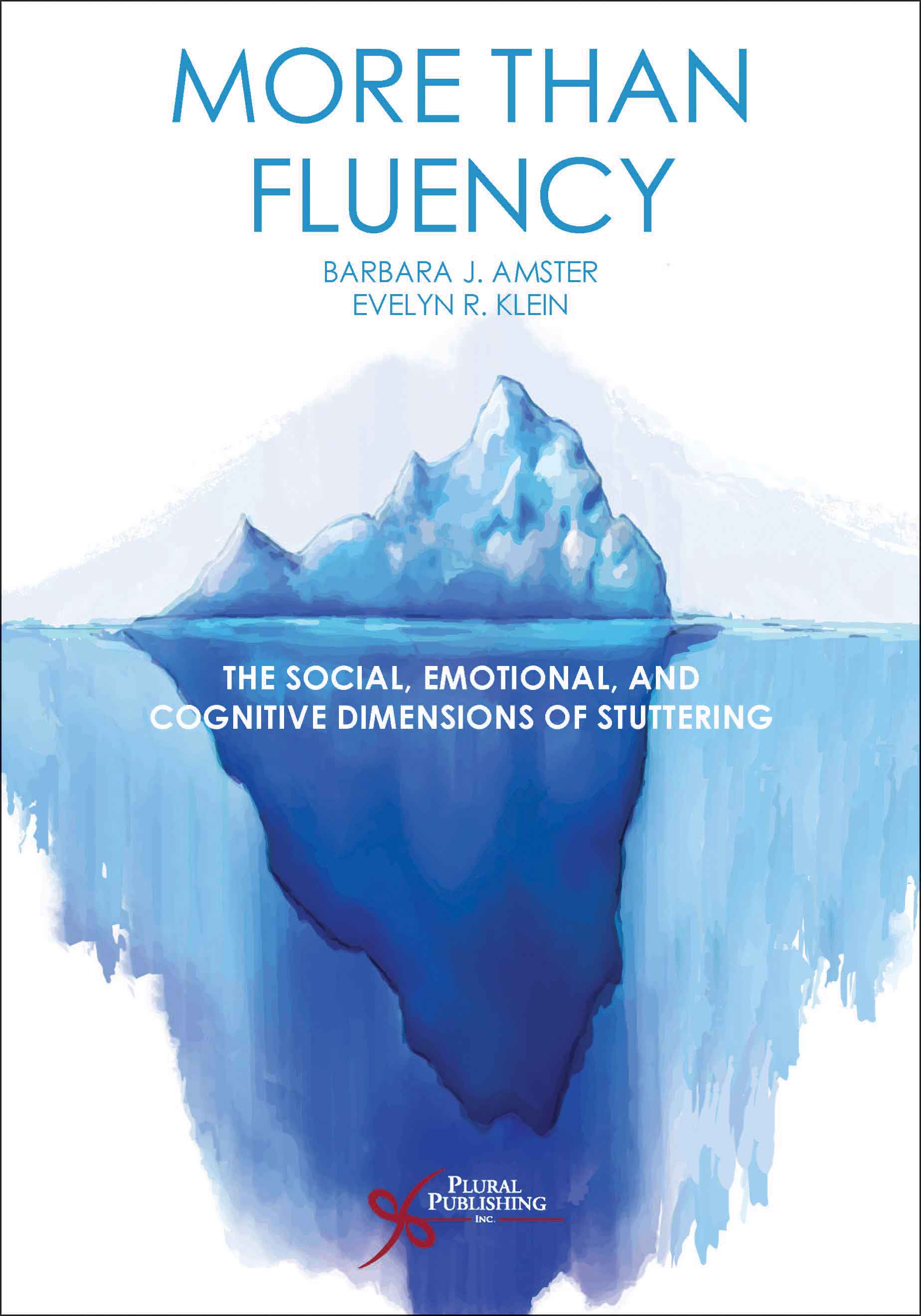
More Than Fluency: The Social, Emotional, and Cognitive Dimensions of Stuttering
First Edition
Barbara J. Amster, Evelyn R. Klein
Details: 242 pages, B&W, Softcover, 7" x 10"
ISBN13: 978-1-59756-995-8
© 2018 | Available
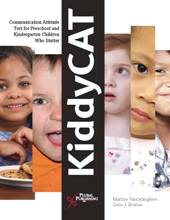
KiddyCAT Communication Attitude Test for Preschool and Kindergarten Children Who Stutter
First Edition
Martine Vanryckeghem, Gene J. Brutten
Details: 28 pages, B&W, Softcover, 8.5" x 11"
ISBN13: 978-1-59756-117-4
© 2007 | Available
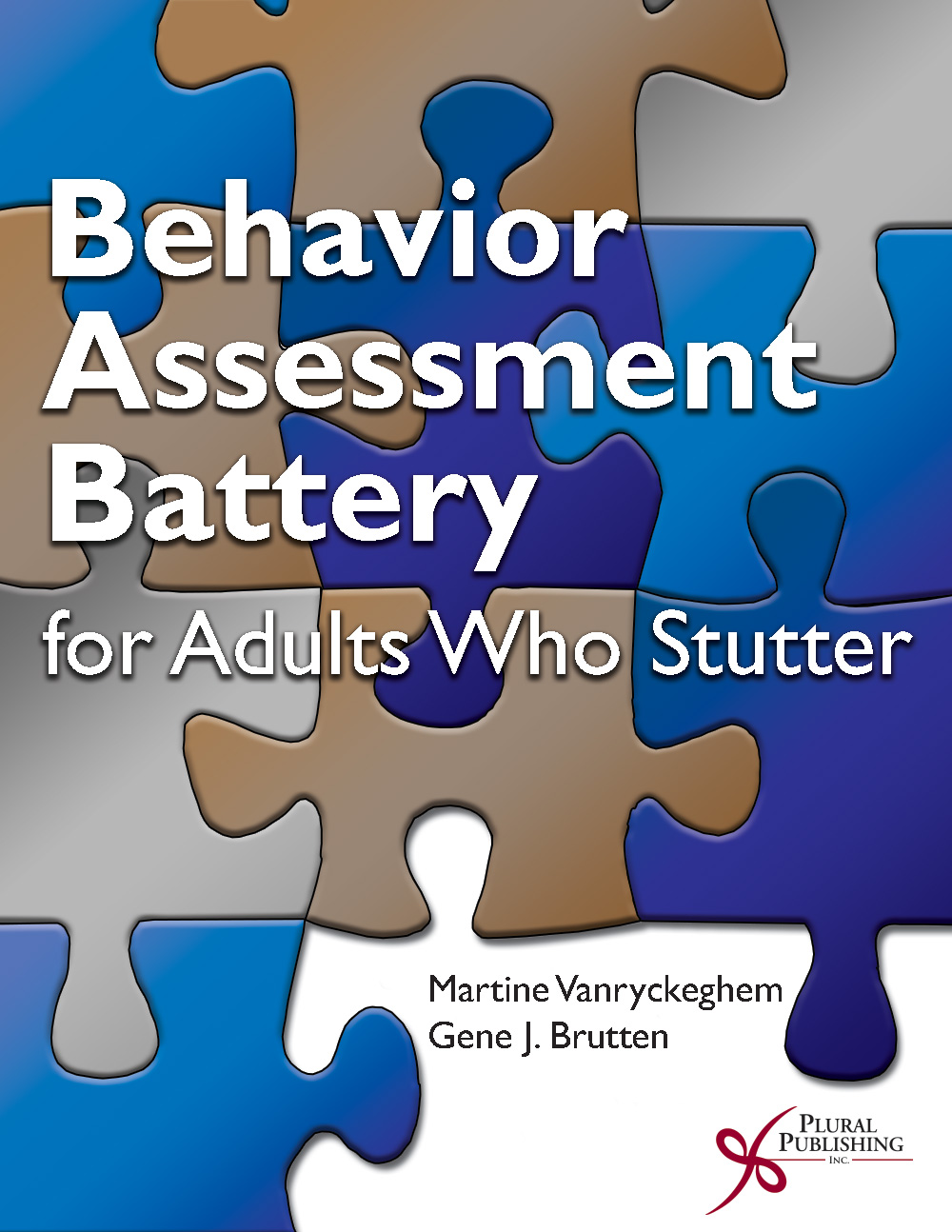
Behavior Assessment Battery for Adults Who Stutter (Online Access)
First Edition
Martine Vanryckeghem, Gene J. Brutten
Details: Online Access
ISBN13: 978-1-59756-901-9
© 2018 | Available
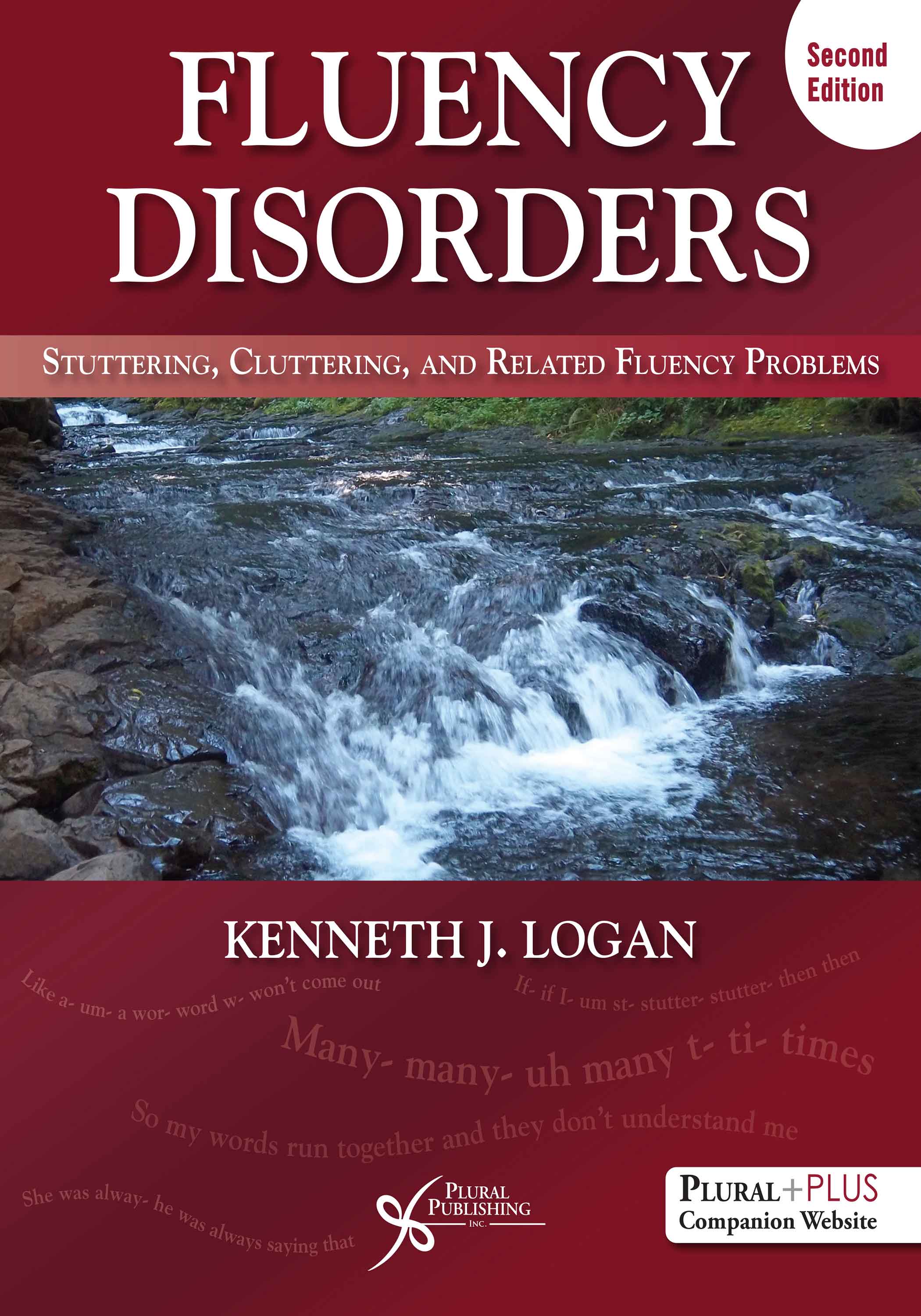
Fluency Disorders: Stuttering, Cluttering, and Related Fluency Problems
Second Edition
Kenneth J. Logan
Details: 609 pages, B&W, Softcover, 8.5"x11"
ISBN13: 978-1-63550-147-6
© 2022 | Available
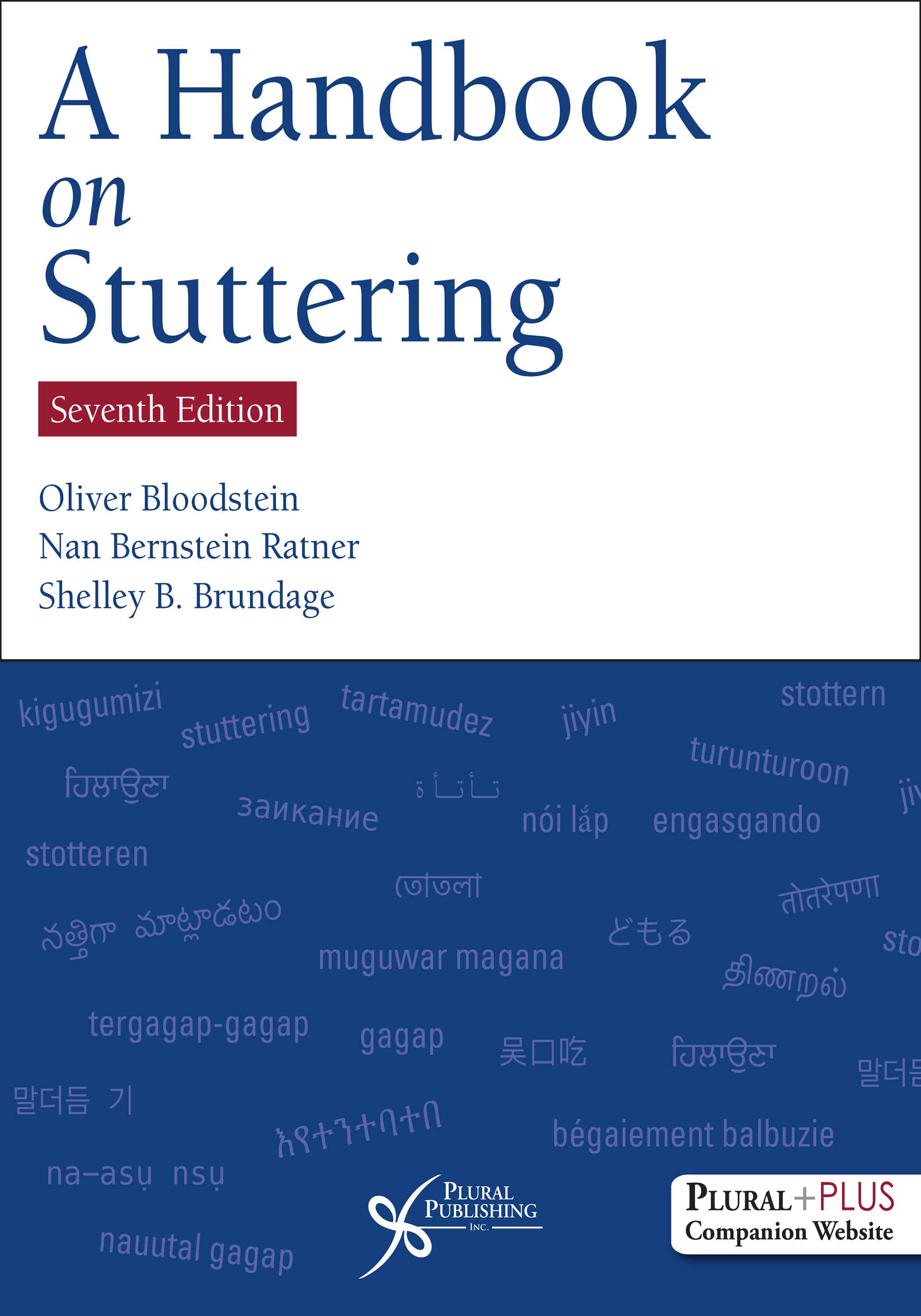
A Handbook on Stuttering
Seventh Edition
Oliver Bloodstein, Nan Bernstein Ratner, Shelley B. Brundage
Details: 581 pages, B&W, Hardcover, 8.5" x 11"
ISBN13: 978-1-63550-317-3
© 2021 | Available
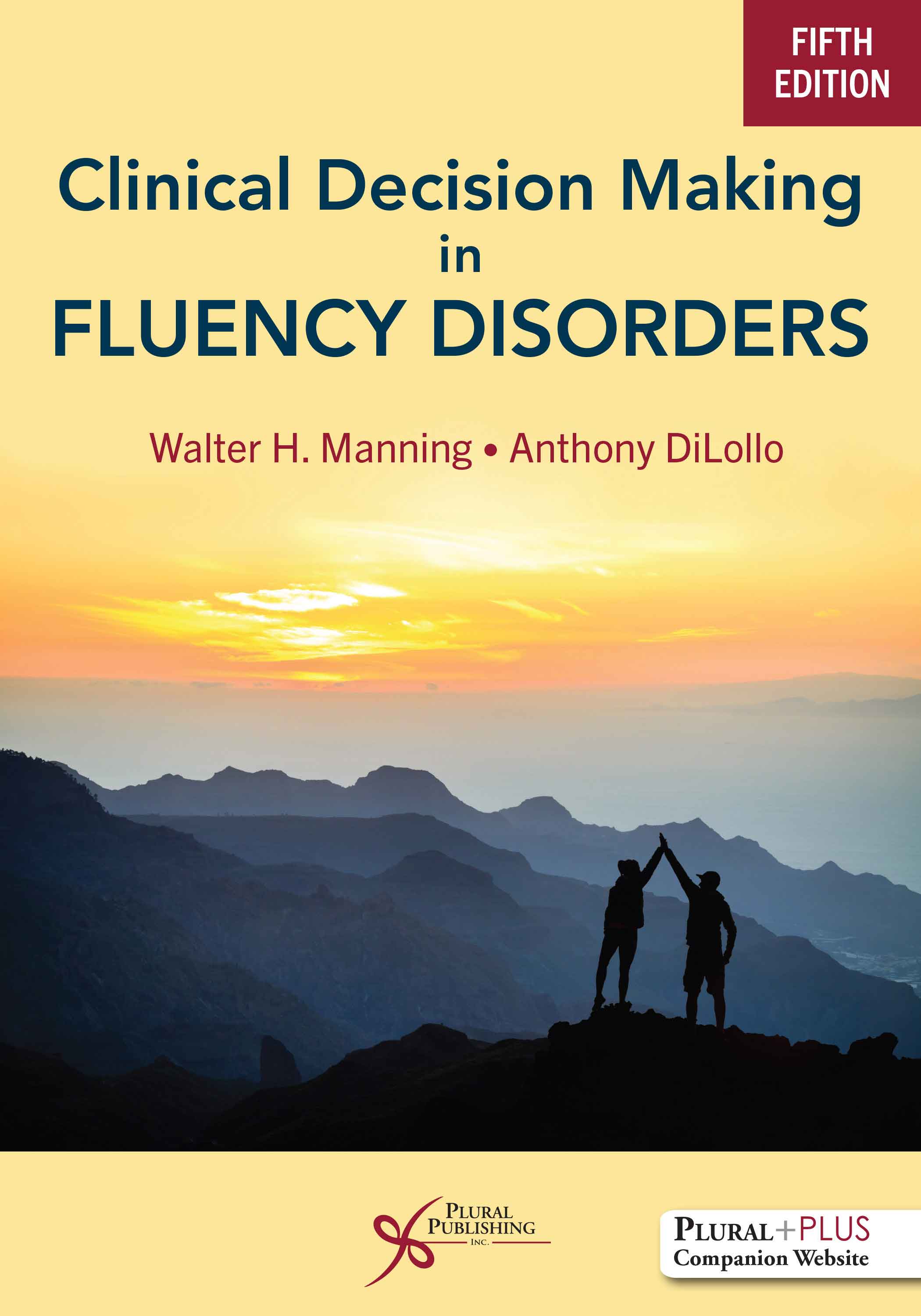
Clinical Decision Making in Fluency Disorders
Fifth Edition
Walter H. Manning, Anthony DiLollo
Details: 580 pages, 2-Color, Softcover, 7" x 10"
ISBN13: 978-1-63550-633-4
© 2025 | Available



